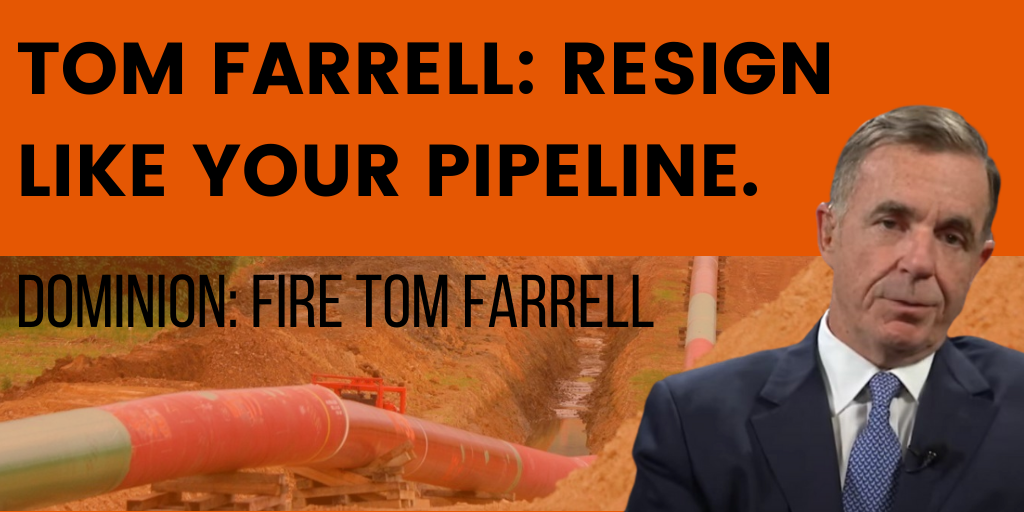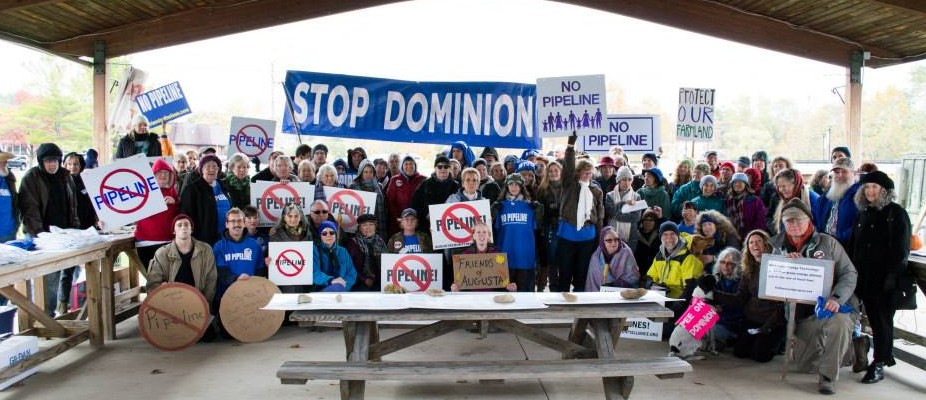On Grief
I was talking to a friend recently who is living with grief – her mom is sick, she and her family have moved temporarily to be with her, and my friend is struggling with isolation-fatigue, as many/most of us are, at a time when she needs her friends the most.
Then George Floyd was murdered and grief was pouring out into the streets, on social media, and into the hearts of any decent human, and definitely into mine.
It got me thinking – grief has taught me a lot about dealing with a pandemic. In this particular piece of writing, I’m talking about COVID-19 because I can’t speak to the personal, lived experience of my Black and Brown colleagues and friends dealing every day with the pandemic of systemic racism taking Black lives. But, yes, we are living with multiple pandemics.
My mom – my emotional touchstone, who served so many roles that I needed (and still need) in my life, died in 2013 after an 8-month fight with cancer – made even more heartbreaking when she suffered a cancer-induced stroke a few months into her battle that wiped away much of her medium- and short-term memory. And, in a bittersweet turn of events, a few short weeks before she died, I found out I was going to become a mother. Thus began a long, long battle with grief.
I put off truly dealing with that grief. I didn’t want my baby’s life to begin in a womb full of depression. So I pushed through. I focused on what kind of fruit my baby was the size of in any given week (yes, there’s an app for that). I took a hypnobirthing class so I could focus on being calm. I focused on work…on moving into a new townhouse…anything but sadness. One foot in front of the other.
It would be quite some time before I learned anything relevant to this Age of COVID.
A little help from Disney
When I found out my first child was going to be a girl, my sister gifted me a DVD of “Frozen.” It would be years before my little one had the attention span for a movie, but eventually, it became her favorite. When I had my second daughter, I was pretty excited that we had a movie showcasing the love between sisters.
Say what you will about Disney – I personally have a very strong aversion to princess stories, with their unrealistic ideas of romance, manufactured definitions of beauty, and women always being saved by the men they just met.
But, I do kind of love “Frozen,” especially “Frozen 2.” I have found these movies to be helpful conversation starters with my kids – especially my eldest – about what it means to help each other, to be a strong, brave woman, to love your sister and protect and support her. What it means to care for our Earth, to grieve the loss of someone you love, to push through when life is REALLY hard.
Frozen, grief, and pandemics…oh my!
“Frozen 2” has some complex lessons that have been hard to explain to my kids at their ages (5 and 3), but I’m thankful for them nonetheless. One theme (don’t worry, no spoilers) is that when you aren’t sure what to do, or when you’re feeling sad or helpless, the one thing you can focus on is: “The Next Right Thing,” which is also the title of a heart-wrenching song in the movie that makes me cry EVERY. TIME.
The younger sister, Anna (not the one with ice powers, but my personal favorite), is the one that showcases the “next right thing” lesson. At a moment when she faces deep grief and a future that is unknown and seemingly bleak, she chooses to carry on and do what’s right (which, incidentally, turns out to be a pretty amazing lesson in reparations).
Our entire world is in a similar situation right now – on a journey into the unknown. We’re doing it with little, and in my opinion, misguided federal leadership. But so many of us are just trying to make the next right decision – staying home, wearing a mask, physical distancing, caring for our neighbors.
My mom’s death came just as I was embarking on my own journey into the unknown. I was becoming a parent, and though it was so very early in my pregnancy, I knew that my priority was keeping that baby safe. Somehow, I would have to choose to do the right thing for that embryo growing inside me despite my desire to stay buried in my covers.
There have been a two times since then that I’ve felt something very similar to that grief: Wednesday, November 9th, 2016 (did I mention I was pregnant AGAIN at that time?), and this spring as we began to make sense of our lives in a life-altering pandemic, followed swiftly by the murders of George Floyd, Breonna Taylor, and too many others. So, here’s what I’ve learned:
Lesson 1: Perspective helps
Even in my darkest moments after my mom died, I had a rap going through my head: I am very fortunate on the whole.
Yes, I’m hurting, I’d tell myself – but, I don’t live in a war zone. I have food and shelter and people who love me. My husband, my friends, my family, my colleagues are all supportive and have given their love and food and time so generously. I can rely on that…on them…until I feel better.
It didn’t make getting out of bed any easier most days, but I was able to talk myself through some of my dark moments. It helped to remind myself how small I am in this vast universe. That wouldn’t work for everyone, but it works for me.
Don’t get me wrong – I am not writing this to tell anyone to feel fortunate. In this moment, some are clearly not. Some – more than 130,000 people as I write this – have been irreparably harmed. And, their deaths come with family, friends, and colleagues, who are grieving their loss and simply trying to get through this day. Some have sunk everything into their newly opened business that is fully reliant on patrons that cannot come. This crisis, as nearly every major crisis, is impacting Black and Brown people far more than others…on top of the systemic racism that threatens their lives and livelihoods every day. I’m not asking anyone to “get some perspective.” I’m simply sharing what’s helping me, right now, with a long period of grief as my guide.
And, yes, I’m struggling in the midst of this pandemic with fear (of getting COVID), anxiety (are my kids gonna be ok?), boredom (I miss my friends!), feelings of inadequacy (so many hats to wear!)…but, I’m able to gain some helpful perspective more quickly, more days, after practicing it through grief.
We’re healthy. We actually laugh a lot (thank goodness for these goofy little people in my life). We are learning more about each other as a family, and my girls are so very close. My spouse and I both have full-paying jobs with health insurance that allow us to put our passions to work. So, one coping mechanism I’ve put into practice is to truly take stock of what I have, to be thankful for it, and to find joy in it as often as I can.
Lesson 2: An “other side” WILL come
The strongest similarity between my experience with grief and the COVID pandemic is that it was (and is especially now as the numbers are even higher) so unclear how long it would take to get to the other side. Living with that uncertainty is bearable for me after seeing that I could get to the other side of my debilitating grief. At points in first few years that followed my mom’s death, I was positive there wasn’t another side. There was certainly no vaccine for my sadness.
There was a time when I was pretty sure I wouldn’t experience real joy again. I can now say I have. There was a time when I thought I’d never truly enjoy a holiday again. I can now say I do. There was a loooonnggg time when I thought there wouldn’t be a day I didn’t find a private moment to cry. Those quiet moments are now fewer and further between.
So, as I sit here and reflect on the fact that I’m not trying to plan my way of out this, that I’m not completely overwhelmed by anxiety (at least, most days I’m not), I think this is the lesson that has stayed with me the most. I DO NOT know when this will be “over.” And, I don’t know what life will look like in the near and medium term.
I’m sitting with our current unknowns better than I have in the past because I do have faith that it WILL be over, and I’m practicing daily patience with the fact that I have no direct control over that timeline. Life will not go back to just as it was, but I’ll move forward and find ways to adapt. And that I’ll do that by choosing to do the next right thing.
What is the Next Right Thing (for me)?
I’m looking at this question from many angles – looking at Anna’s example, I’ll start with the small (one foot in front of the other) and expand from there.
Connection: Daily, I’m reminding myself to do the next right thing for myself and my family. I’m reading a new parenting book, because, as it turns out – I need some motivation to be a better parent when I have to practice parenting for WAY more hours each day. We’re making lots of time for play with the kids and reveling in the extra hugs. My husband and I are also taking time for ourselves on a regular basis and prioritizing exercise. We video-conference with friends and family.
Giving back: As members of the DC community, our family is using our dollars to support our city’s most vulnerable people. We are so thankful to have full incomes at this time, so we’ve been finding ways to give more than usual. We donated most of our stimulus check to a fundraising effort by Sanctuary DMV and many other area organizations (see more information and partners here) because so many of our city’s residents got nothing in that modest stimulus package and yet are giving so much as essential workers. We’ve also paid full price for our daycare to help keep our hard-working and beloved teachers employed. And, we order takeout much more than we usually do, all from local restaurants, with an emphasis on Black-owned businesses. For our 10th wedding anniversary, we asked people to join us in making a donation to Stacey Abrams’ voter access and protection group, Fair Fight. We made our way into the streets, alone and with our kids, to support the Black Lives Matter protests throughout June. There’s more to do than we feel capable of, but we keep trying.
Continuing to act for our climate: As a parent and as a life-long climate activist, I lose sleep at night wondering if our elected leaders will be able to muster the will the do the next right thing as we emerge from this crisis. Yes, we’re experiencing a temporary decline in climate pollution. But, we know from the 2009 recession, our default is to make our way back to our cars, to our governments’ fossil fuel investments, and to our societal “need” for growth.
At CCAN, doing the next right thing has been evolving. We started by making sure our staff had what they needed to work from home, stay safe, and take care of themselves. We also asked our volunteers what they needed from us during this time and have since put together various trainings, a comedy night to benefit DC’s largest foodbank, and continue to offer online avenues to participate in our campaigns. And, we’re also thinking ahead to (1) how our region’s governments will equitably distribute future stimulus funds, (2) ways the clean energy needs of our climate can be met in an economy-stimulating way right here in the DMV region, and (3) how we can give people avenues to fight voter suppression.
So, this is how I’m coping. Thanks for reading this overly long blog and I hope that you’re also figuring out your Next Right Thing.
















